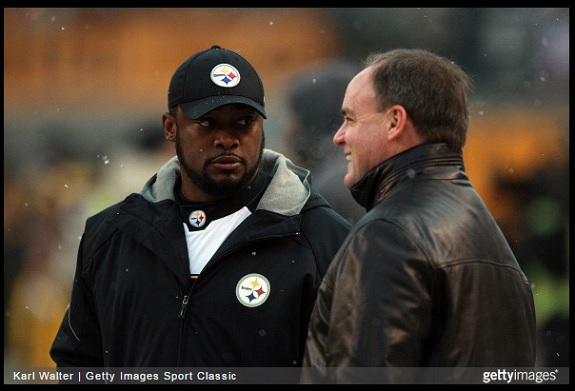One of the most underrated facets of a quality sports franchise is the ability for those who handle the money to be on the same page as those who handle the players. In other words, it is imperative for the front office to be in sync with the needs and desires of the coaching staff to some degree.
It goes without saying that those needs and desires will never be able to be met universally—after all, players have to be paid, and there’s literally only so much money to go around—but the better a team is able to equip its coaching staff with the appropriate players, the more likely that team is to find success, which surely goes without saying.
But one can’t help but wonder if there is at least some degree of disconnect between the front office and the defensive coaching staff when it comes to the secondary, the cornerback position in particular. It wouldn’t be the first time that the front office for the Pittsburgh Steelers did something that didn’t seem to be perfectly in line with the thinking of the coaching staff, such as when they placed the franchise tag on Max Starks so many years ago, and then later did not re-sign him, only to have to do so mid-season.
If there is any validity to this theory—and I’m not declaring that there is, only speculating, though no doubt many reading this article will have determined it to be the case—then the best example of that may be the August trade to acquire Brandon Boykin.
Of course the ultimate impetus for that trade was the season-ending injury to Senquez Golson. Had that not occurred, then Boykin would never have been acquired. And the reality is simply that the Eagles put Boykin on the market and were willing to accept marginal compensation for a player they didn’t view as part of their future plans.
But a lot of the comments made in-season by defensive coordinator Keith Butler in particular didn’t always strike the chord of somebody who was glad to have procured somebody who some regarded as an already-established slot cornerback, perhaps in a way that couldn’t wholly be contributed to whatever it was that he saw on the practice field.
Counter-examples, however, are aplenty, such as with Cortez Allen, whom the coaching staff glowed over earlier in his career, and highlighted his turnover ability as motivation for his contract, and for allowing Keenan Lewis to walk. They entered three straight offseasons hoping to have him as the starter, which is nothing to sneeze at.
There was also the trade up for Shamarko Thomas in 2013, which was clearly a collaborative decision, as were the other rumored attempts to trade up for secondary talent. Bringing in Mike Mitchell and re-signing William Gay were also clearly mutually favored options.
In general, I think it’s clear that the Steelers organization is among the franchises that best relays between the front office and the coaching staff, and much of that has to do with stability and longevity and the building and maintaining of relationships. But even they can have lapses in communication sometimes.








